Muralist and painter Soledad Fernandez-Whitechurch finds joy in experimenting and creating her artwork.
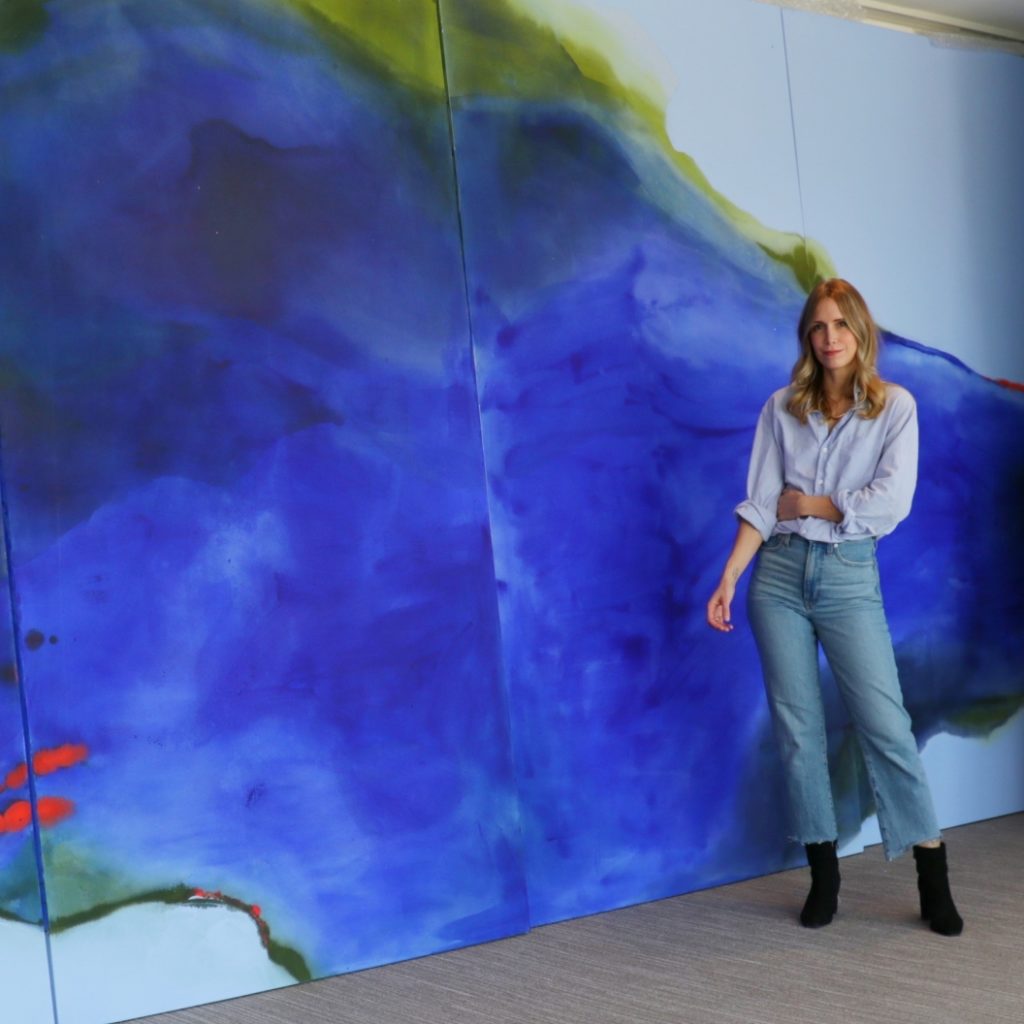
By Elle Bent, Photos by Miraj Mehta
For Soledad Fernandez-Whitechurch, art is a language she has always known. Growing up around the artists in her family, she found joy in creating. A joy expressed in her abstract paintings and in murals that are as colorful and effervescent as she is.
Fernandez-Whitechurch was born in Paraguay but grew up between her birthplace, Argentina and the United States. Her experience as an immigrant inspired a visual communication she turned to when learning English. When language felt like a barrier, art was a way for her to express herself.
“One of my first experiences, which probably a lot of immigrants have, was to learn how to be myself again in another language,” she says. “It takes years to learn how to express things in a way that’s true to you because language, ultimately, is who we are.”
Much of Fernandez-Whitechurch’s work is abstract. She describes it as an “exploration of past, present and possibility.” Her work not only takes from her own family history and identity. She leaves room for what is possible for herself and for the viewer. Her work nods to her past, but it isn’t stuck there.
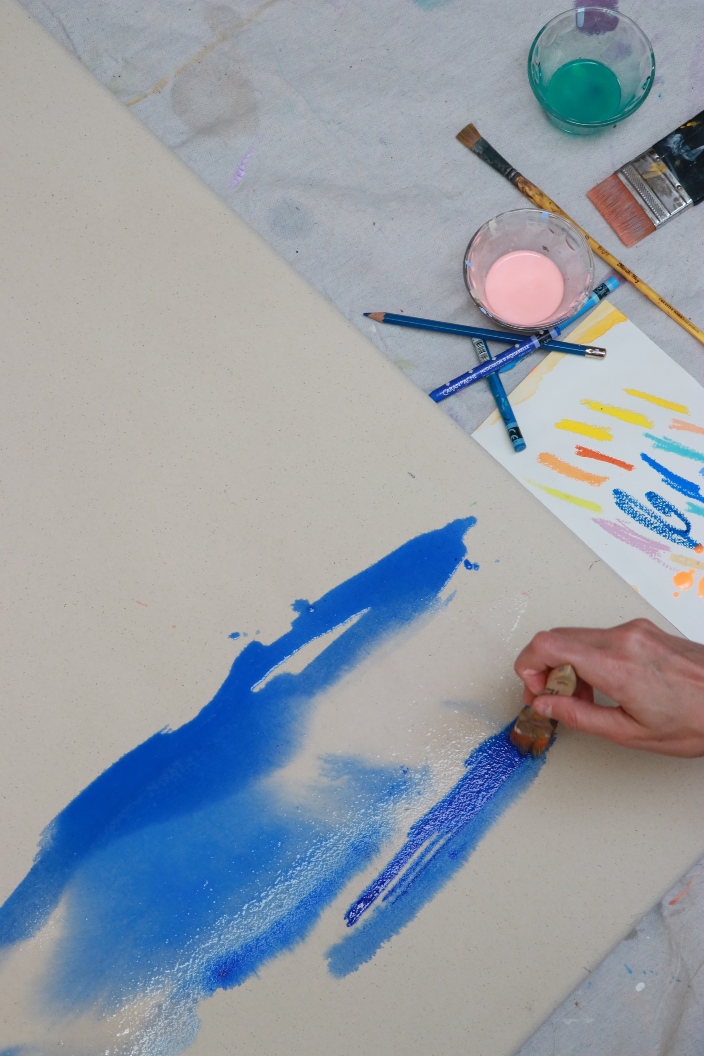
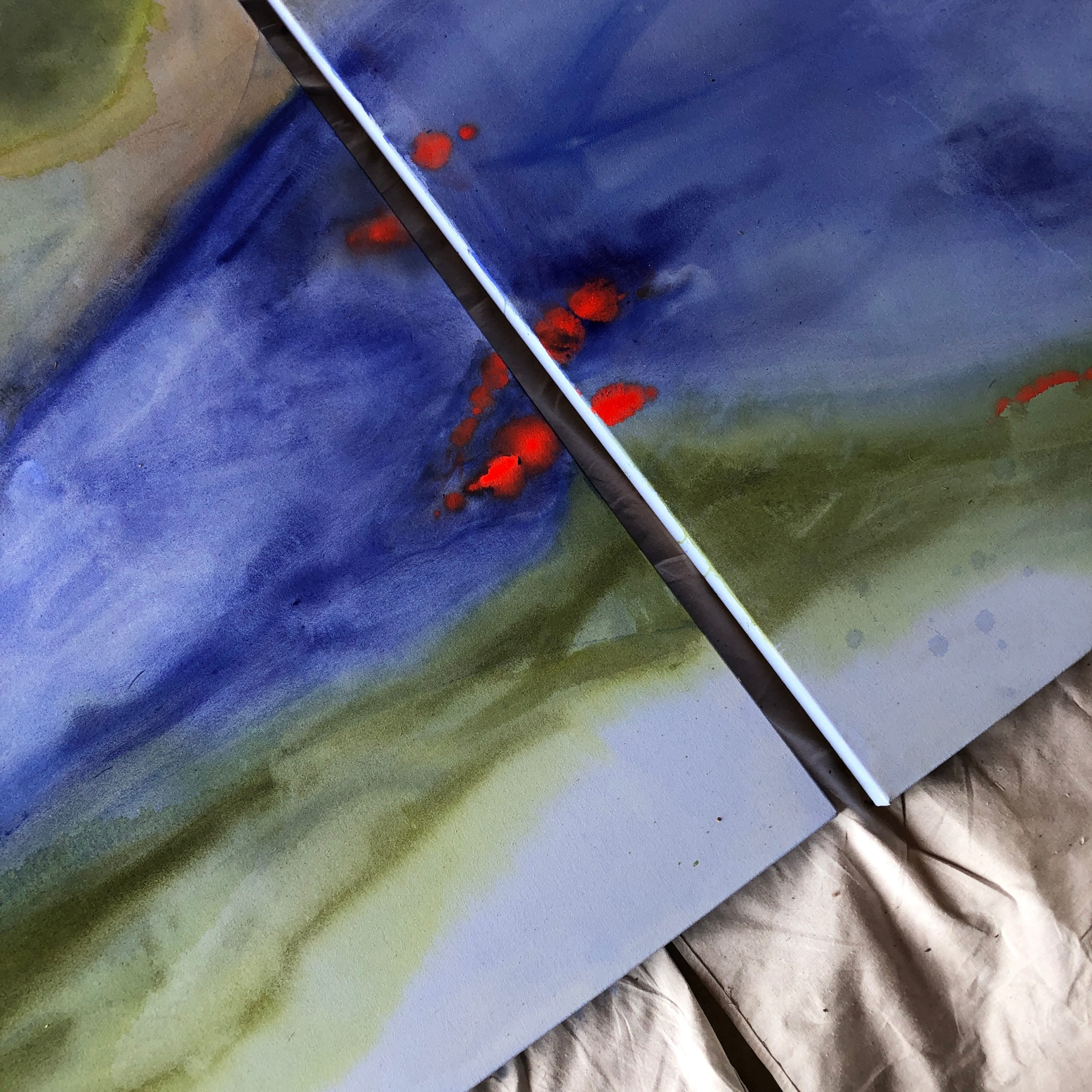
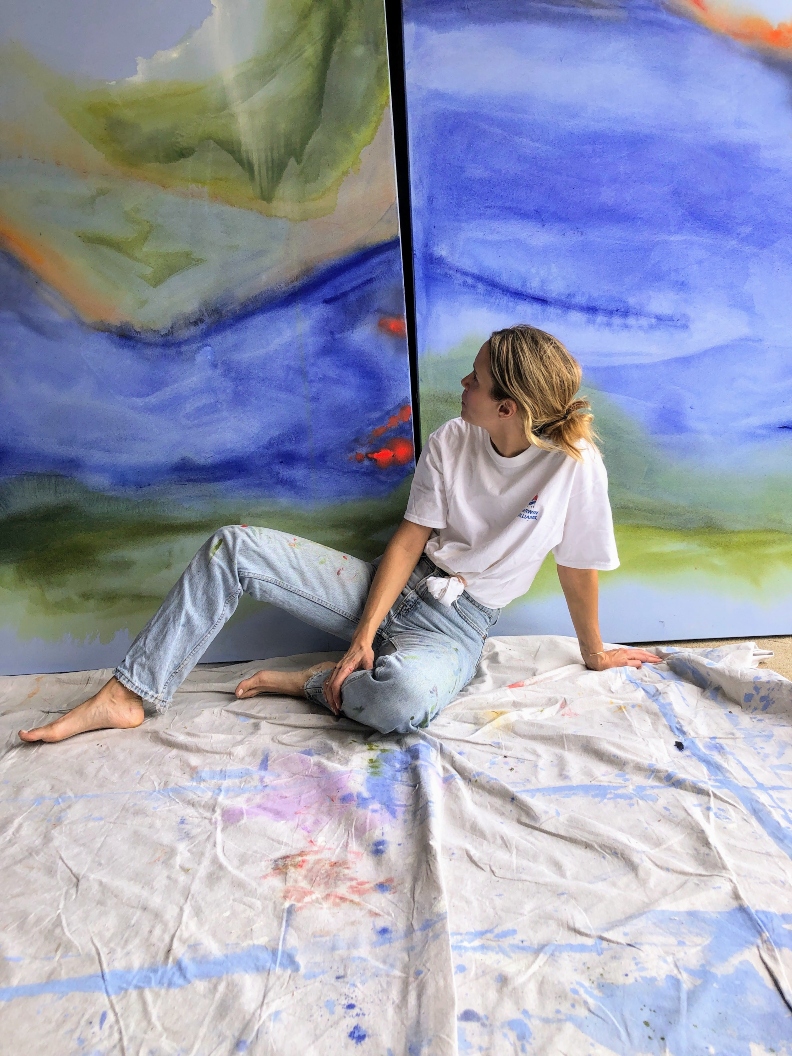
“When I make art, there’s this whole visual language that I have that signifies a lot of things from my history and where I come from. And it’s playfully hiding in plain sight,” she says. “But it can mean something else to the person looking at that painting. So that’s where the possibility comes in. Because ultimately, the moment that it goes on a wall, it stops being about me, and it starts being about the meaning and possibilities for people looking at it. So I tie together what brought me here. I talk about what’s possible. What’s possible for me, what’s possible for the person looking at it, and what we can bring to the world.”
In addition to her identity and experiences, Fernandez-Whitechurch finds inspiration in nature and the world around her. Even something as small as a rock can be beautiful, and she puts those feelings into her creations.
“I try to bring a real sense of the things that give me wonder in the everyday,” she says. “I end up translating the sights, sounds, smells and any sensory experience that comes to me onto the canvas via color, shape and line.”
Her paintings take advantage of many materials, especially watercolor in her abstract work. Her use of color is intentional yet ambiguous. Fernandez-Whitechurch focuses on the colors she sees in the world around her, which translates to something meaningful about herself. For example, using blue and yellow to nod to her grandfather’s soccer team and to represent Buenos Aires. “But to somebody else, that combination has a different meaning,” she acknowledges.
Fernandez-Whitechurch has always been an artist. Her mother was one and helped inspire her creative endeavors. As a child, art was about play and making what felt good. “When I see my art from when I was little, there’s just this sense of joy and complete flow in the moment,” she says.
As a young adult, however, her focus shifted. “Around college, maybe even late high school, I had this whole focus on ‘I have to make it perfect,’” she says. “Around that time, I started noticing that art didn’t feel good anymore. That art was about what I can do and what I should be doing instead of what feels good.”
She gave up for a few years until she found herself working at a pottery shop. There, she found encouragement to just play with the materials, rediscovering the awe in exploration and rekindling her sense of play.
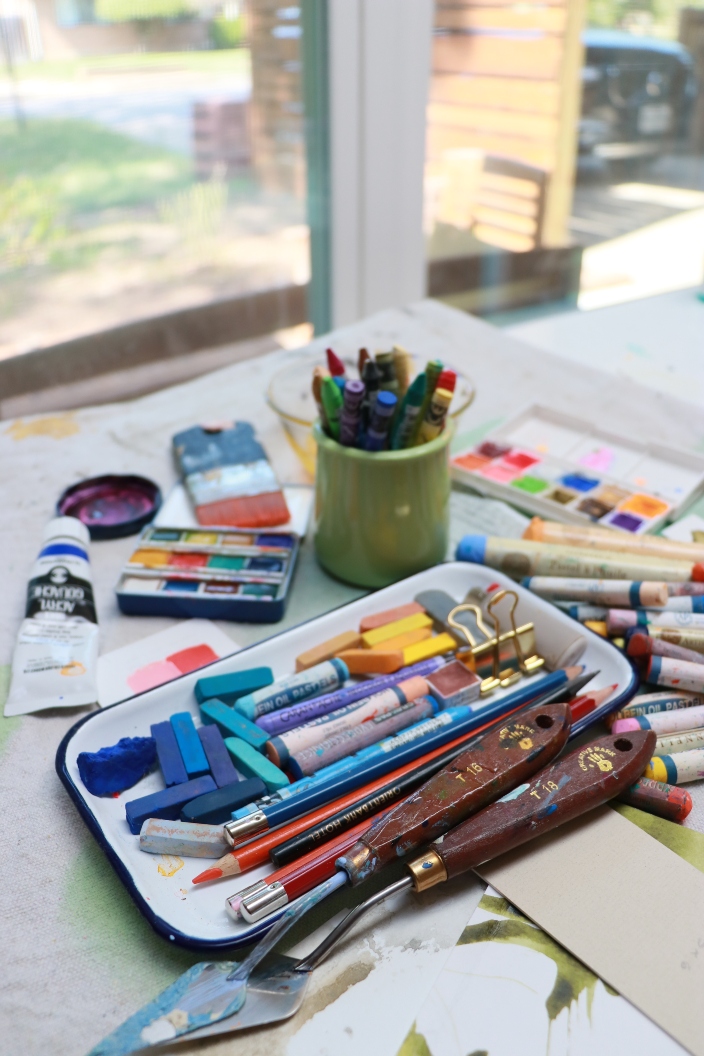

“It ended up coming down to just doing it out of love and enjoyment rather than this mandate you put upon yourself that if you can’t accomplish something, then you’re a failure,” she says.
Because art is a joyous thing for Fernandez-Whitechurch, that joy seeps into her work. As a full-time artist, she puts into practice playing and experimenting with art instead of simply creating once she feels inspiration. Rather, she uses art to find that inspiration. With the perfect balance of intentional and experimental, Fernandez-Whitechurch can discover new meanings and tell different stories through her art.
“Sometimes working for yourself can be scary, for all of us,” she says. “But when you’re lucky enough to do something that you love, I think that trust, positivity and optimism is what ultimately drives that practice to be successful.”


